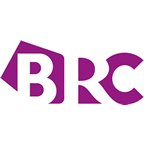LONDON, 2016-Sep-22 — /EPR Retail News/ — British retail today employs 100,000 people in roles that didn't even exist five years ago, figures compiled by the British Retail Consortium (BRC) reveal today (September 21, 2016). While overall numbers of employees in retail are expected to fall over the coming few years, innovative ways of working will…
